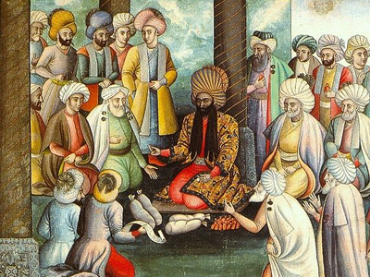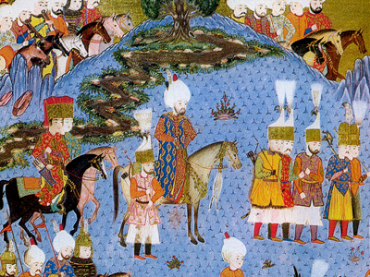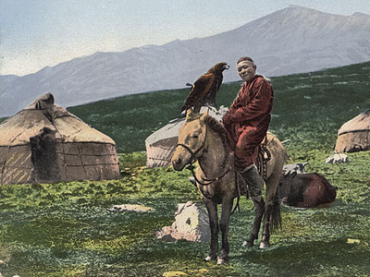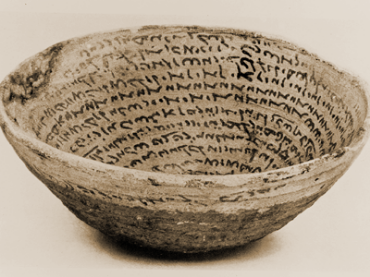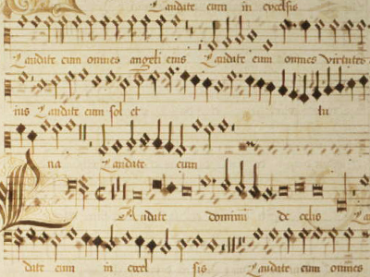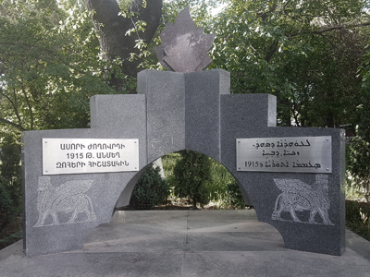History
Recently viewed products
-
The Life of Severus by Zachariah of Mytilene
-
The Masorah of the Former Prophets in the Leningrad Codex (2 Kings)
-
Cuneiform Lexical Miscellany
-
Recent Developments in Midrash Research
-
In the Palaces of the Sultan (Paperback)
-
Neo-Aramaic Dialect Studies
-
Classical Syriac
-
The Age of Justinian and Theodora: A History of the Sixth Century AD (2-volume set)

